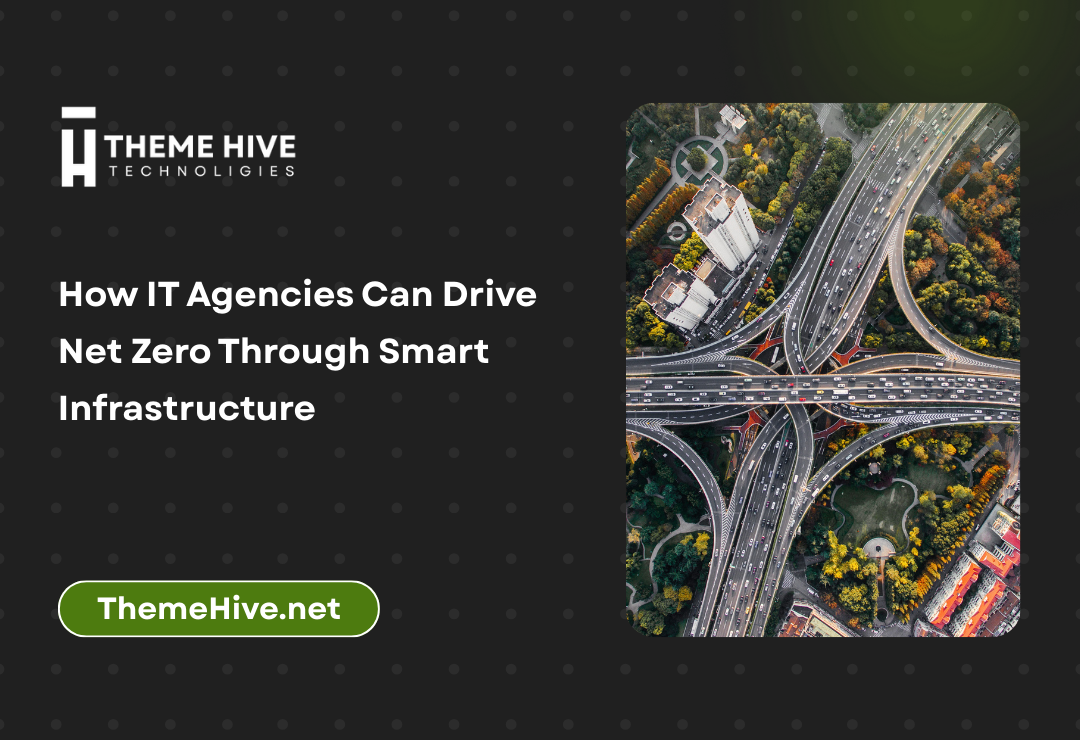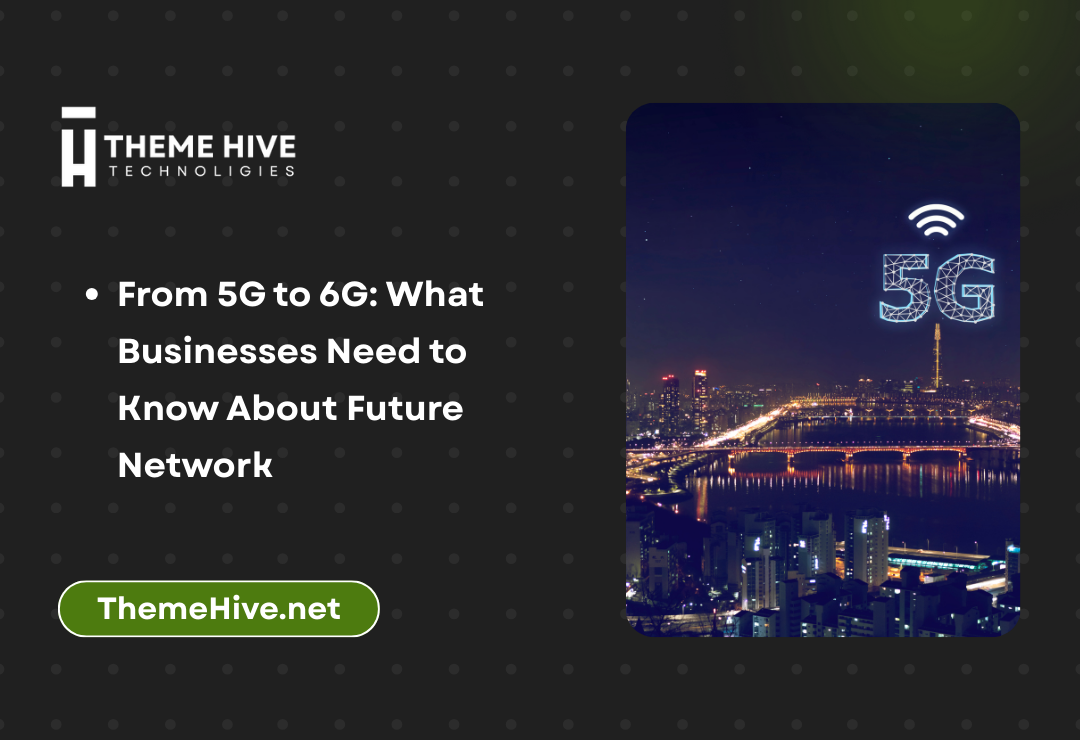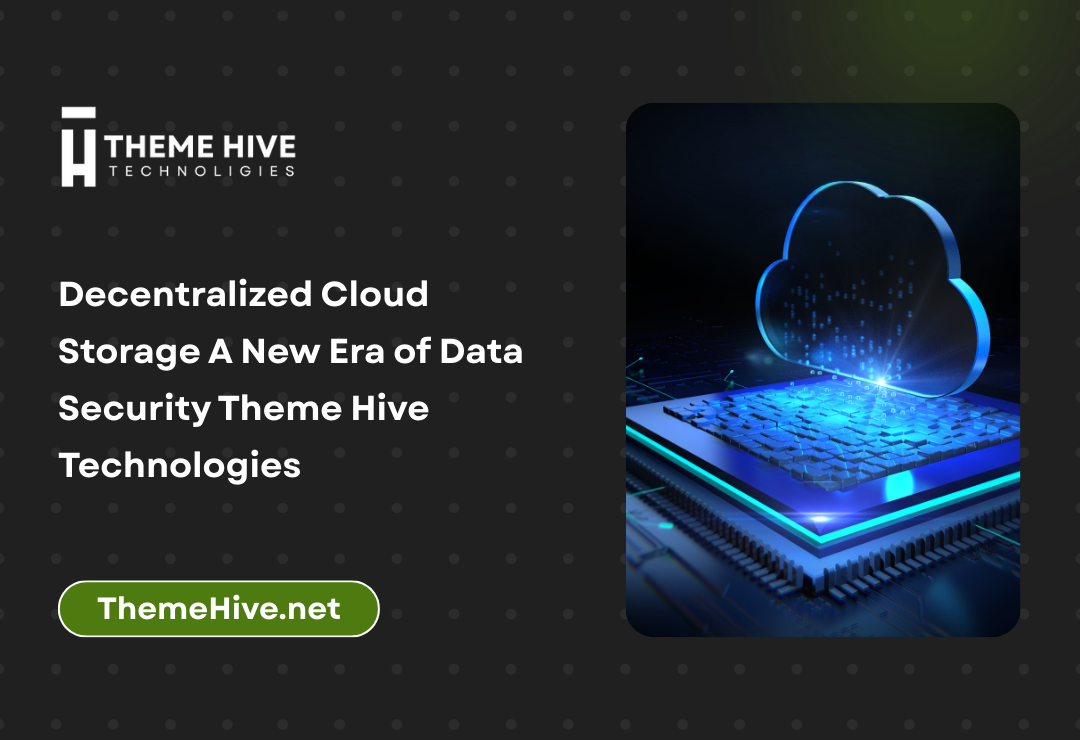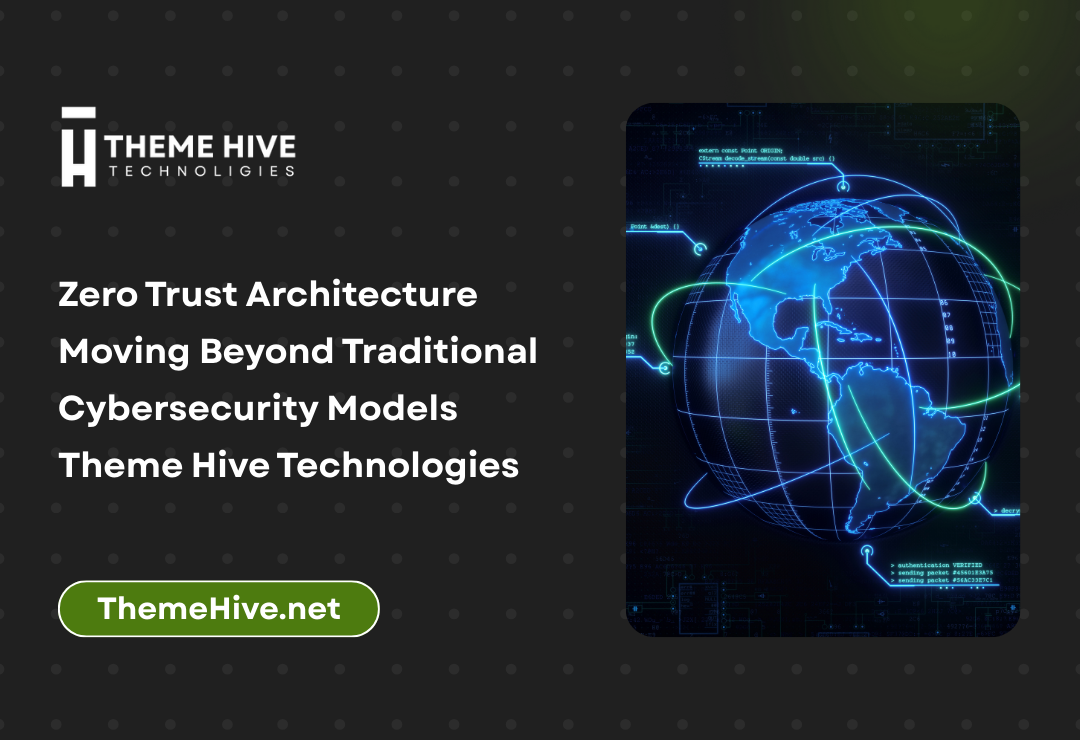The race to achieve net zero carbon emissions has intensified, with governments, organizations, and businesses across the globe committing to ambitious sustainability goals. In this context, IT agencies play a critical role, not just as providers of digital services but also as enablers of smart infrastructure that drives environmental efficiency. By integrating cutting-edge technologies such as IoT, AI, cloud computing, and automation, IT agencies can help organizations significantly reduce their carbon footprint while maintaining business agility and innovation.
This article explores how IT agencies can become catalysts in the net zero movement, focusing on the role of smart infrastructure in reshaping enterprise sustainability strategies. We’ll examine technological solutions, policy alignment, challenges, and case studies that illustrate how IT agencies can build a greener future.
Understanding Net Zero and Its Importance
What is Net Zero?
Net zero refers to the balance between the amount of greenhouse gases emitted into the atmosphere and the amount removed or offset. Achieving net zero means cutting emissions as close to zero as possible and compensating for the remaining unavoidable emissions through offsets such as carbon capture, afforestation, or renewable energy credits.
Why is Net Zero Essential for Enterprises?
For UK businesses and global enterprises alike, achieving net zero is no longer a matter of corporate social responsibility—it’s a business imperative. Key drivers include:
- Government Regulations: UK government legislation mandates net zero targets by 2050.
- Investor Pressure: Sustainability scores affect investments and funding.
- Consumer Demands: Customers prefer eco-conscious companies.
- Operational Efficiency: Energy savings directly reduce costs.
The Role of IT Agencies in Driving Net Zero
Beyond Traditional IT Services
IT agencies have traditionally been associated with system integration, software development, and IT support. However, in the context of net zero, their role expands to include sustainability consulting, data-driven insights, and infrastructure optimization.
Key Functions of IT Agencies in the Net Zero Transition
- Deploying Smart Infrastructure Solutions – Implementing IoT, AI, and cloud platforms to monitor and optimize energy use.
- Sustainability Audits – Using data analytics to assess carbon footprints across IT operations.
- Green IT Practices – Transitioning data centers to renewable energy and adopting efficient cooling systems.
- Digital Twins – Simulating business processes to identify areas for carbon reduction.
- Automation for Efficiency – Eliminating redundant workflows and minimizing resource consumption.
Smart Infrastructure: The Foundation of Sustainable IT
Smart infrastructure is the backbone of digital sustainability. It integrates technologies to create systems that are energy-efficient, automated, and capable of self-monitoring.
Components of Smart Infrastructure
- IoT Devices: Sensors that track energy use, water consumption, and waste production.
- AI and Machine Learning: Algorithms that predict energy demand and optimize consumption.
- Cloud Computing: Reduces reliance on physical hardware, cutting energy waste.
- Edge Computing: Processes data locally, reducing bandwidth and power consumption.
- Blockchain for Sustainability: Tracks and verifies carbon credits transparently.
Benefits of Smart Infrastructure for Net Zero
- Reduced Carbon Footprint through optimized energy use.
- Lower Operational Costs via efficiency improvements.
- Data Transparency to meet compliance and reporting needs.
- Enhanced Resilience against environmental risks.
- Scalability for enterprises expanding their sustainability strategies.
How IT Agencies Can Implement Smart Infrastructure for Net Zero
Step 1: Conduct Sustainability Assessments
- Carbon footprint measurement of IT infrastructure.
- Lifecycle analysis of hardware and software.
- Identification of energy-intensive systems.
Step 2: Build Energy-Efficient Data Centers
- Shift to renewable-powered facilities.
- Adopt advanced cooling technologies such as liquid immersion cooling.
- Implement server virtualization to maximize hardware utilization.
Step 3: Leverage Cloud and Hybrid Models
- Migrate workloads to sustainable cloud providers.
- Adopt hybrid cloud strategies to optimize energy distribution.
- Use AI workload schedulers to allocate resources when renewable energy is available.
Step 4: Enable Smart Offices and Remote Work
- Deploy IoT sensors in offices to reduce lighting and HVAC consumption.
- Encourage remote work infrastructure, lowering commuting emissions.
- Implement virtual collaboration tools to reduce business travel.
Step 5: Foster Collaboration and Ecosystems
- Partner with green tech companies.
- Collaborate with governments for policy alignment.
- Engage clients in joint sustainability projects.
Case Studies: IT Agencies Driving Net Zero
Case Study 1: Smart Energy Optimization in UK Enterprises
An IT agency in London collaborated with a financial institution to install AI-powered building management systems. The result was a 30% reduction in energy consumption across office facilities.
Case Study 2: Cloud Migration for a Manufacturing Firm
A mid-sized UK manufacturer partnered with an IT agency to migrate workloads to a renewable-powered cloud provider. The shift reduced their annual carbon emissions by 40% while improving operational agility.
Case Study 3: IoT in Retail Operations
A retail chain adopted IoT-enabled smart meters through an IT agency partnership. This initiative lowered their energy bills by 20% annually, contributing to their net zero roadmap.
Challenges IT Agencies Face in Net Zero Initiatives
While opportunities abound, IT agencies also face obstacles in enabling net zero.
- High Initial Costs – Smart infrastructure requires significant upfront investment.
- Data Privacy Concerns – IoT and AI systems can raise security and compliance issues.
- Legacy Systems – Outdated infrastructure may hinder the adoption of new technologies.
- Skills Gap – Shortage of IT professionals with expertise in sustainability solutions.
- Regulatory Complexity – Different standards across countries create compliance challenges.
Strategies to Overcome Challenges
- Financing Models: Offer subscription-based sustainability solutions to lower upfront costs.
- Cybersecurity Integration: Embed security into smart infrastructure solutions.
- Gradual Transition: Phase out legacy systems in stages.
- Training and Upskilling: Invest in green IT certifications for employees.
- Policy Advocacy: Collaborate with regulators to create uniform standards.
The Business Benefits of Driving Net Zero through IT
- Competitive Advantage: Early adopters position themselves as leaders in sustainability.
- Brand Value: Customers prefer eco-friendly service providers.
- Cost Savings: Energy-efficient IT systems lower utility expenses.
- Attracting Talent: Millennials and Gen Z professionals are drawn to sustainable companies.
- Resilience: Sustainable IT systems are more adaptable to climate risks.
The Future of IT Agencies in the Net Zero Economy
As the world accelerates toward a low-carbon economy, IT agencies must evolve into green digital partners. Their future roles will involve:
- Building AI-driven carbon tracking platforms.
- Expanding digital twin technology to simulate climate impact.
- Designing net zero-focused cloud ecosystems.
- Innovating smart infrastructure-as-a-service (SIaaS) models.
By aligning technological innovation with sustainability goals, IT agencies can drive both business growth and environmental stewardship.
Theme Hive Technologies
Conclusion
The journey to net zero through smart infrastructure is both a challenge and an opportunity. IT agencies are uniquely positioned to lead this transformation by leveraging technologies such as AI, IoT, cloud, and automation. By embedding sustainability into their services, IT agencies can help enterprises reduce emissions, cut costs, and enhance competitiveness while contributing to a greener planet.
Ultimately, IT agencies are not just service providers—they are sustainability partners, guiding organizations into a future where net zero is the standard, not the exception.
Key Takeaways
- Net zero is essential for businesses to remain compliant, competitive, and sustainable.
- IT agencies can enable net zero by deploying smart infrastructure solutions.
- Smart technologies like IoT, AI, and cloud computing drive efficiency and reduce emissions.
- Challenges exist but can be overcome through collaboration, innovation, and upskilling.
- Future IT agencies will thrive as digital sustainability leaders.






